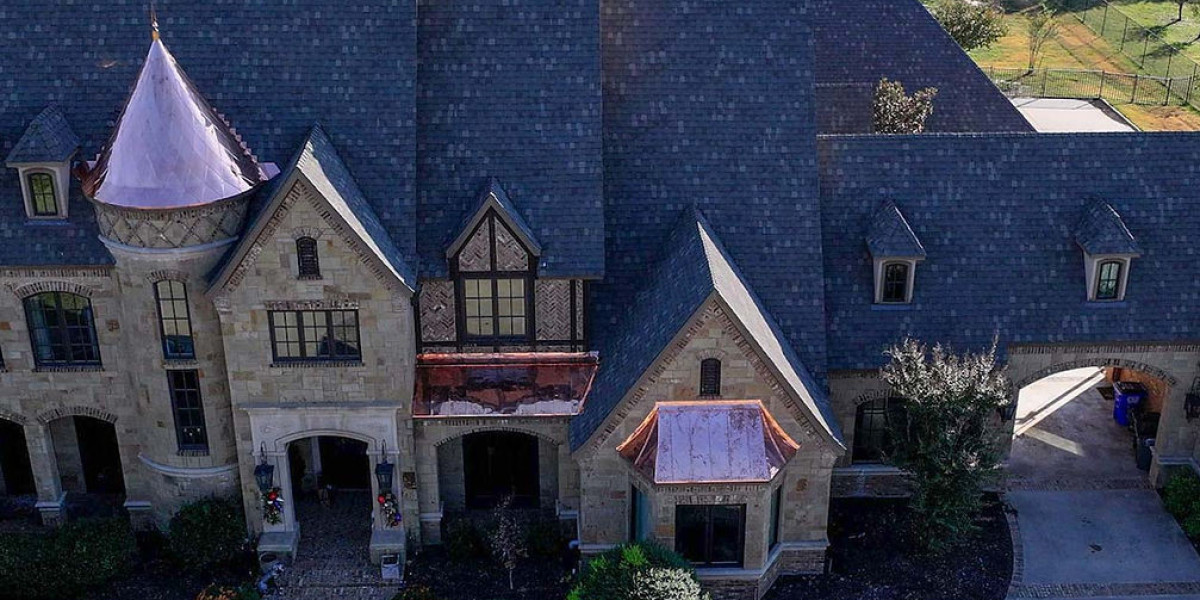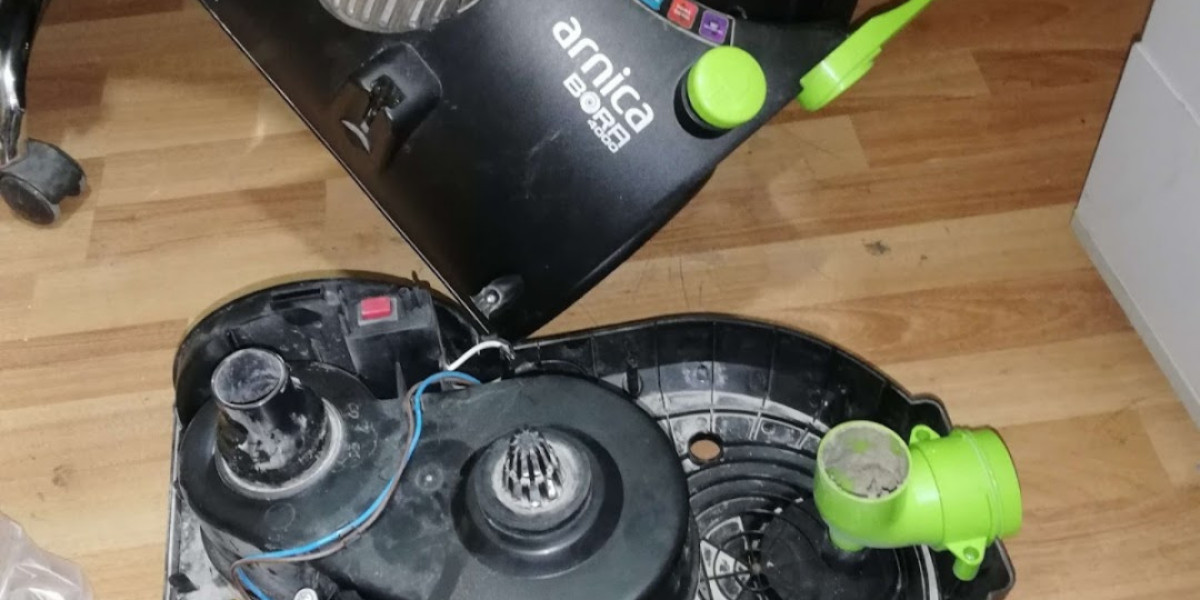Your roof is one of the most crucial parts of your home, providing protection and shelter from the elements. Over time, however, it can suffer wear and tear, leading to the need for either a roof replacement or roof repair. Understanding when and why to choose between these two options can save you time, money, and potential headaches.
The Importance of Roof Maintenance
Regular maintenance is key to extending the life of your roof. Without it, small issues can quickly escalate into significant problems. Cracked shingles, leaks, and general wear are all indicators that you need to take action. But how do you decide between a roof replacement and a roof repair?
When to Opt for Roof Repair
Roof repair is often the first line of defense when addressing roofing issues. This option is typically more cost-effective and less disruptive than a full roof replacement. Here are some scenarios where a roof repair is the best course of action:
Minor Damage: If your roof has only a few damaged or missing shingles, a repair can quickly and efficiently address the problem. This is common after a storm or in cases of localized damage.
Leaks and Water Damage: Small leaks can often be repaired without the need for a full replacement. A professional can identify the source of the leak and fix it, preventing further damage to your home’s interior.
Flashing Issues: Flashing around chimneys, skylights, and vents can sometimes become loose or damaged. Repairing or replacing the flashing can restore the integrity of your roof without needing to replace the entire structure.
Preventive Measures: Regular inspections can catch issues early, allowing for minor repairs that extend the life of your roof. This proactive approach can save you from more costly repairs or replacements down the line.
When Roof Replacement is Necessary
While repairs can address many issues, there are times when a roof replacement is the best option. Here are some signs that it’s time to consider a new roof:
Age of the Roof: Most roofs are designed to last between 20 to 30 years. If your roof is approaching or has surpassed this age, it’s time to start planning for a replacement. Even if it appears to be in good condition, the underlying materials may be deteriorating.
Extensive Damage: If your roof has widespread damage, such as significant shingle loss, large areas of water damage, or structural issues, a repair might not be sufficient. A replacement ensures that your home is adequately protected.
Frequent Repairs: If you find yourself repeatedly fixing issues with your roof, it may be more cost-effective to replace it altogether. Continuous repairs can add up and may not provide a long-term solution.
Energy Efficiency: Older roofs may not be as energy-efficient as newer ones. A roof replacement can improve your home’s insulation and reduce energy costs, making it a worthwhile investment.
The Roof Replacement Process
When you decide to replace your roof, understanding the process can help you prepare and ensure a smooth experience. Here’s a general overview of what to expect:
Assessment: A professional roofer will inspect your current roof to determine the extent of the damage and the necessary steps for replacement. This assessment will help provide an accurate estimate of the cost and timeline.
Material Selection: You’ll have the opportunity to choose the materials for your new roof. Options include asphalt shingles, metal, tile, and more. Each material has its benefits and considerations, so it’s essential to choose one that fits your needs and budget.
Removal: The old roofing materials will be removed, and the underlying structure will be inspected for any damage. Any necessary repairs to the structure will be made before the new roofing materials are installed.
Installation: The new roofing materials will be installed according to industry standards and best practices. This step includes installing underlayment, shingles or other materials, and flashing to ensure a watertight seal.
Cleanup and Inspection: Once the installation is complete, the area will be cleaned up, and a final inspection will be conducted to ensure everything is in order.
The Roof Repair Process
For roof repairs, the process is generally quicker and less invasive than a full replacement. Here’s what to expect:
Inspection: A professional will assess the damage and determine the best approach for the repair.
Preparation: The area around the damage will be prepared, which may include cleaning debris or removing damaged materials.
Repair: The necessary repairs will be made, whether it’s replacing shingles, fixing leaks, or addressing flashing issues.
Final Check: A final inspection will ensure that the repair is properly completed and that the roof is secure.
Conclusion
Deciding between a roof replacement and a roof repair depends on several factors, including the extent of the damage, the age of your roof, and your long-term goals. Regular maintenance and timely repairs can extend the life of your roof, but sometimes a replacement is the best option for ensuring the safety and efficiency of your home. Consulting with a professional roofer can provide you with the guidance needed to make the right choice for your specific situation. By staying proactive and informed, you can protect your home and invest wisely in its upkeep.








